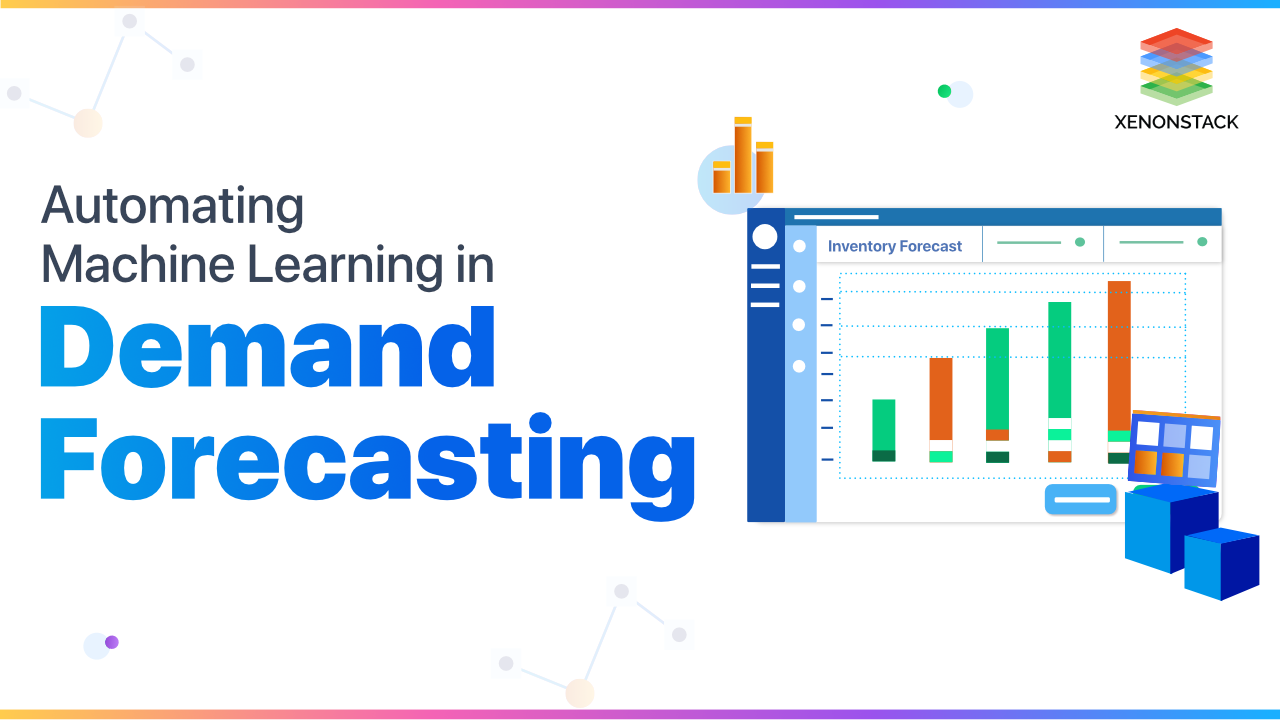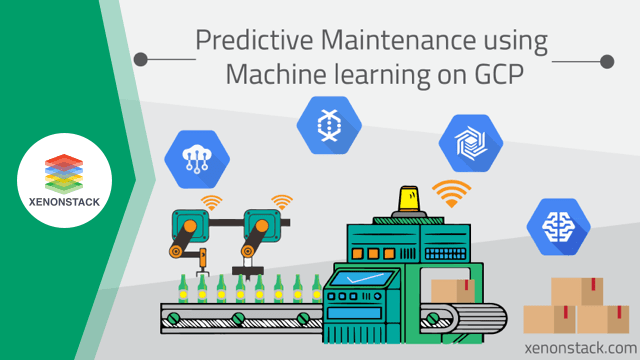
Introduction to Energy Supply and Demand Forecasting
Forecasting of Energy Supply performs a vital role in the electric industry, as it gives the basis for giving decisions in power system planning and operation. A numerous variety of techniques for predicting power demand are being used by electrical firms, which are appropriate to short-term, medium-term or long-term forecasting. In such a changing environment common forecasting techniques are not sufficient, and more advanced methods are required. The aim is to completely untangle all the circumstances that lead to demand change and to discover the underlying problems. But analyzing many personal and social factors is difficult. We need both intense data, along with multiple predictive models to analyze it.
Maintenance of energy consumption is an important task to obtain a sustainable environment and address but can be automated with the help of Machine learning services and solution.
- Increasing population
- Hiked incomes
- Raised revenues
- Industrialization
- The scarcity of natural resources
Prediction of energy consumption makes the decisions for energy purchase and generation using various algorithms. According to the need, predictions made on an hourly, monthly or daily basis. Gaussian process regression and Linear regression models used.
Process of Energy Supply and Demand Forecasting
- Calculation of Energy Consumption and Demand
Energy consumption measured in Watt per Hour whereas demand weighed regarding work done in 15-30 minutes.
- Calculation of Energy Consumption Index
PUE is the proportion of the amount of power required to operate and cool the data station versus the volume of power extracted by the IT equipment in the data hub. The equation is -
PUE = (Total Facility Energy) / (IT Equipment Energy)
Major Challenges in Energy Supply and Demand Forecasting
- Real Data Collection for machines and pipelines.
- Power Consumption collection.
- The data for the machine and features to predict the power consumed.
Solution Offerings for Energy Demand Forecasting
- Multiple IoT devices installed on different machines will emit the data to the Apache Nifi, routing the data to various sources with Machine learnings
- Data Pipeline built using Apache Kafka, processed using Apache Spark, and stored in HBase, or Cassandra.
- Creation of historical data using Apache Nifi to route data to S3
- Spark SQL and Graph Database for Pattern and Link Analysis
Energy Demand and Forecasting with Deep Learning
Energy Load Forecasting predicts power and load to meet demands. Operation and Management of supply to customers in companies through forecasting. Energy Demand Forecasting enables proper allocation of resources.
Energy Load and Demand Forecasting Features
- Increase Efficiency.
- An abundance of Revenue generation.
- Planning of Capacity and Operations.
Advantages of Load and Demand Forecasting
- Decision- Making and planning for Power Systems.
- Areas with High Demand will have Power Generation near the load.
- Understanding and Planning of Future Consumption and Load Demand.
- Energy Consumption.
- Energy Efficiency.
- Covering Industries, Residential, Transport, and Services.
Steps of Energy Demand and Load Forecasting
- Selection or Creation of Data Set.
- Model Selection.
- Testing and Predictive Analysis.
- Model Deployment.

